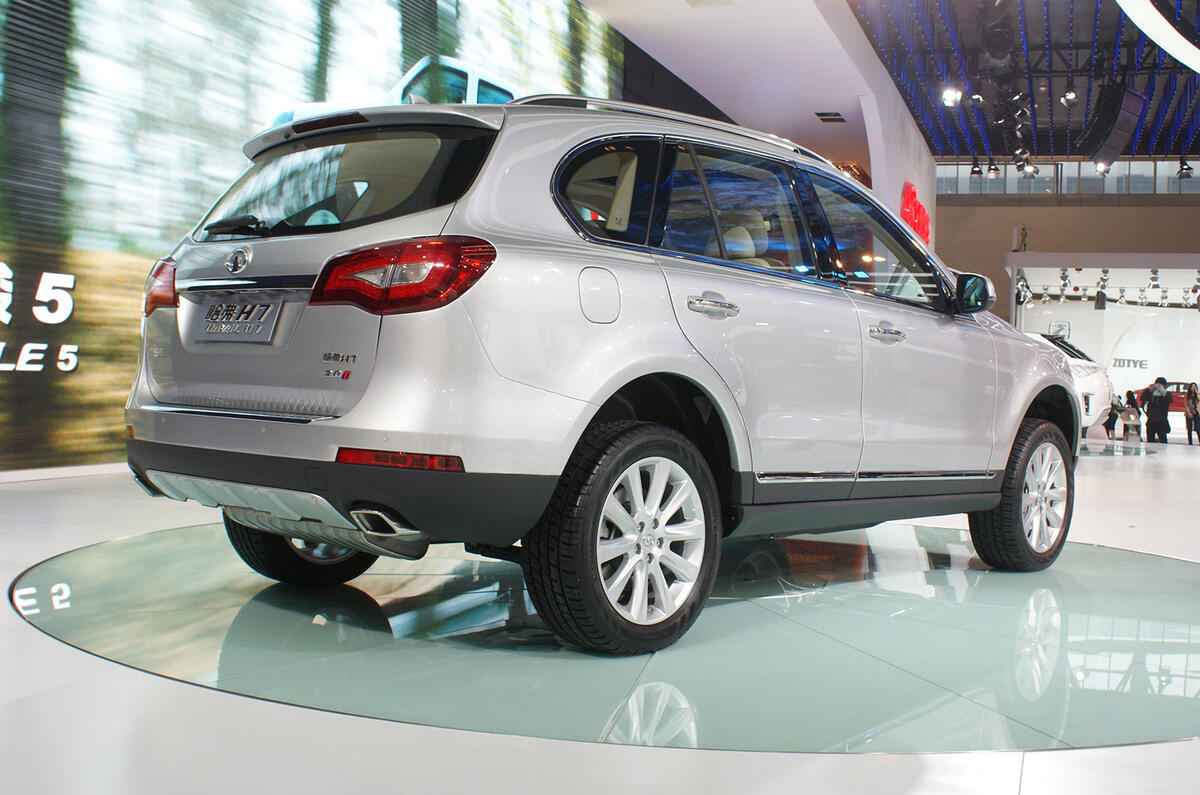There’s much talk on the vast Shanghai motor show floors about the changing face of the Chinese car market. After years of growth in car sales well into double figures, something described with only slight irony as ‘the new normal’ is beginning to emerge - single digit growth.
After the hard recent years in the US and Europe, it is slightly laughable to consider growth marginally below 10% as something of a disappointment, but that is exactly what it is to the manufacturers who have enjoyed a diet of ever-escalating sales for the past five or so years.
It also raises several key issues, none more pressing than how it will affect production if - as predicted - growth continues at this reduced rate. With plans for manufacturing plants signed off many years in advance, many manufacturers risk being committed to plans written during the gold rush years, and exposing themselves to over-capacity. The same story is true of the rush to open dealerships, supply networks and more. As ever, the car industry is a complex business with a fine balance between success and disaster.
Nor is this the only way the market is changing. In the first quarter of 2015 by far the biggest growth segment was in SUV sales. No surprise there, but by far the biggest gains were made by hitherto unloved local manufacturers of cheap, entry-level vehicles, most notably Great Wall. It seems that some local brands with the right vehicles and reputation are starting to gain traction in certain parts of China, most notably outside the biggest cities were there are large numbers of people coming through with the wherewithal to buy their first car.
Market figures suggest that, overall, 70% of new car buyers in China are still buying their first vehicle, but as car ownership spreads there is a definite trend towards the bottom end of the market accelerating as fast as the premium end once did.
For non-local makers without their own budget offerings that represents both an opportunity and a challenge; as Volkswagen has found in recent years, building profitable budget cars is a challenge for car makers if they apply corporately acceptable minimum standards.
The 30% buying a second (or third, or fourth…) vehicle also open up a new avenue. The once almost non-existent used car market in China is growing fast, to the extent that some dealerships are claiming that 10% of their sales are for previously owned vehicles. It’s an avenue that the Western brands are keen to develop and exploit, largely because it represents a new avenue for revenue that might displace some of the pain from falling new car sales.
Rarely has near 10 per cent growth caused so many potential problems, but it’s yet another reason why the Chinese car market is so fascinating.




Join the debate
Add your comment
Attractive Title!
None of this should be surprising.